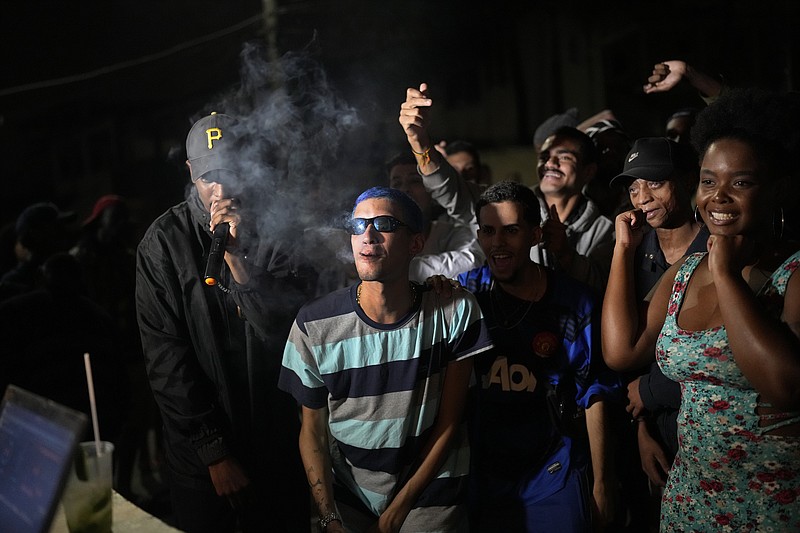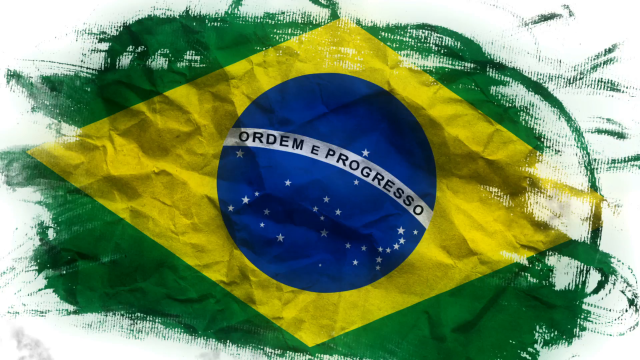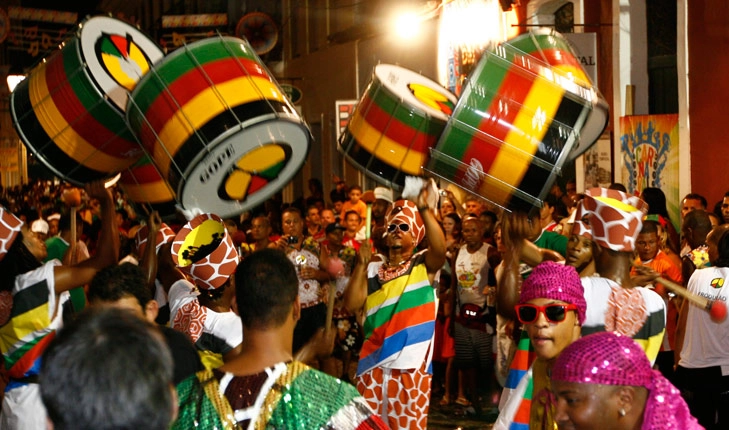
Born on the streets of the Bronx, hip-hop quickly evolved into more than just music—it became a cultural movement, a lifeline for African American youth. Rap, in particular, brought the gritty reality of inner-city life into the mainstream. But what’s often overlooked is how this movement echoed far beyond U.S. borders—especially in Brazil.
By the early 1980s, hip-hop had started carving its own space in Brazil, particularly in São Paulo. DJs, emcees, break dancers, and graffiti artists began blending the movement’s core elements with their own cultural identity, creating what is now known as rap nacional.
Some credit Brazil’s first rap track to “Melo do Tagarela,” dropped in 1980—the same year “Rapper’s Delight” hit global airwaves. Interestingly, Brazilian entertainer Miele even did a Portuguese rendition around that time. Others argue that traditional repente music, with its rhythmic rhymes and freestyle spirit, had elements of rap long before the term was popularized.
What really accelerated the scene was the exposure from mainstream Brazilian media, which brought breakdancing and hip-hop culture to the TV screens. Local DJ collectives like Kaskatas, Chic Show, Zimbabwe, TNT, and Black Mad didn’t just play the music—they began producing it too, becoming foundational labels in the hip-hop community.
To honor this history, DJ Nuts has crafted a three-hour vinyl-only mix tracing the genre’s journey—from its explosive 1993 peak all the way back to its mysterious, DIY beginnings in the ’80s. It’s a sonic time capsule for anyone curious about the roots and rhythm of Brazilian hip-hop.





